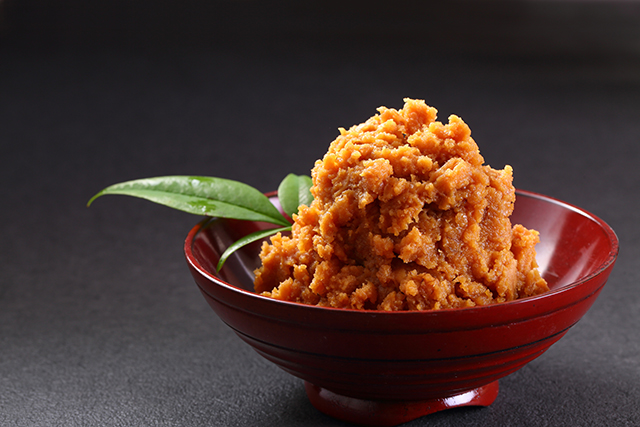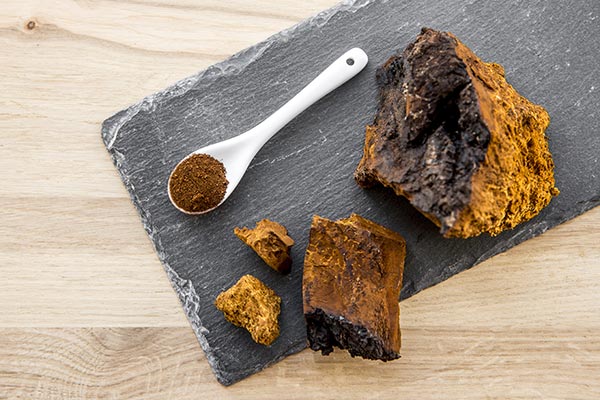
The word “miso” is often associated with the light and umami-packed soup served alongside fish, noodles and other staple Japanese fares. But this funky ingredient does more than prime your palate for a sushi feast.
Made by fermenting soybeans and other grains like rice and barley, miso paste is brimming with live microbes called probiotics that support gut health. Miso is also a nutrient powerhouse, boasting high amounts of copper, manganese, zinc and B vitamins.
The goodness of miso
Here are 10 good reasons miso ought to be part of your regular diet:
- Provides essential nutrients – The benefits of miso start with its impressive nutrition profile. Since it is made from soybeans, miso contains proteins that have all the essential amino acids. Miso is also rich in choline, calcium, iron, selenium, magnesium and phosphorus.
- Fortifies immune health – Much of the immune system is housed in the gut, so the probiotics in miso can help keep your immune system strong.
- Improves digestion – Probiotics in miso keep food moving along your digestive tract and protect your gut from infection-causing bacteria.
- Promotes regularity – If you often have difficulties passing stool, you may need to eat more fermented foods. By improving digestion, probiotics help reduce gas and prevent bloating and constipation.
- Helps reduce cancer risk – Many micronutrients in miso, such as selenium, magnesium and iron, are associated with cancer prevention. Studies suggest that miso can help lower the risk of lung, colon, breast and stomach cancers, in particular.
- Protects against heart disease – Small Japanese studies show that an increased intake of miso soup is associated with a reduced risk of death from heart disease.
- Reduces bad cholesterol levels – Micronutrients and plant compounds that work as antioxidants are thought to provide several heart-protecting benefits like reducing bad cholesterol in the blood.
- Controls blood pressure – Even though miso contains high levels of sodium, it has not been found to raise blood pressure. Experts think this benefit might have something to do with the antioxidants, amino acids and nutrients found in miso.
- Helps manage blood sugar – Research shows that probiotics in fermented foods like miso help keep blood sugar levels stable and may even delay the progression of Type 2 diabetes.
- Supports brain health – Choline and essential B vitamins in miso help support cognitive function and overall brain health. Several studies also suggest that probiotic-rich foods like miso can improve memory, reduce stress and alleviate symptoms of anxiety and depression.
How to cook with miso
First things first, there are four main kinds of miso: shiro, shinsu, mugi and aka. Their flavors differ because of their different fermentation periods. Here’s a quick run-through of their distinct characteristics and uses in the kitchen:
- Shiro (White) – This miso is primarily made from soybeans and rice. It is fermented for no more than two months. It is light in color and tastes sweet with just a hint of saltiness. Shiro is the most versatile of the bunch and can be used to make soups, dress salads or elevate sauteed vegetables.
- Shinsu (Yellow) – Yellow miso is fermented for a little longer than white miso. It is made from barley and soybeans. Yellow miso is also mild-tasting, which means it can be used in a wide range of recipes.
- Mugi (Barley) – Mugi is made from barley and soybeans, too. But it usually has a longer fermentation process than either shiro or shinsu. It smells strongly of barley but still has a nice, mild taste best suited for soups and stir-fries.
- Aka (Dark) – This miso encompasses red, brown and other dark varieties of miso. It tastes saltier than shiro or shinsu and has a more assertive, pungent flavor. Therefore, aka is best suited for heartier dishes like braises and rich soups. Note that it can overwhelm milder ingredients, so use it in moderation.
Vegan miso soup
Miso soup is incredibly easy to make at home. This vegan version uses kombu instead of bonito flakes for that umami flavor. Prepare it as a side for lunch, dinner or even breakfast, just as the Japanese do.
Ingredients for 1 serving:
- 5 sheets nori seaweed
- 5 mushrooms, sliced
- 2 dried mushrooms
- 1 4-inch piece leek (white part)
- 1 piece ginger, thinly sliced
- 1 garlic clove, thinly sliced
- 1 scallion
- 2 cups dashi broth (kombu-infused water)
- 1 teaspoon miso paste
- Mirin (Japanese rice wine)
- Lemon
Preparation:
- Soak the nori sheets in water. Set aside.
- Heat the broth in a saucepan, then add the miso paste and vegetables. Simmer for 10 minutes.
- Cut the nori sheets or add them as-is to the broth.
- Squeeze fresh lemon juice over the broth and add a splash of mirin.
- Turn off the heat. Do a taste test and add more miso if needed before serving.
Miso is an excellent source of probiotics that help boost digestion, promote regularity and support gut health, among many other health benefits. For better health overall, make miso part of your regular diet.
Sources:



























